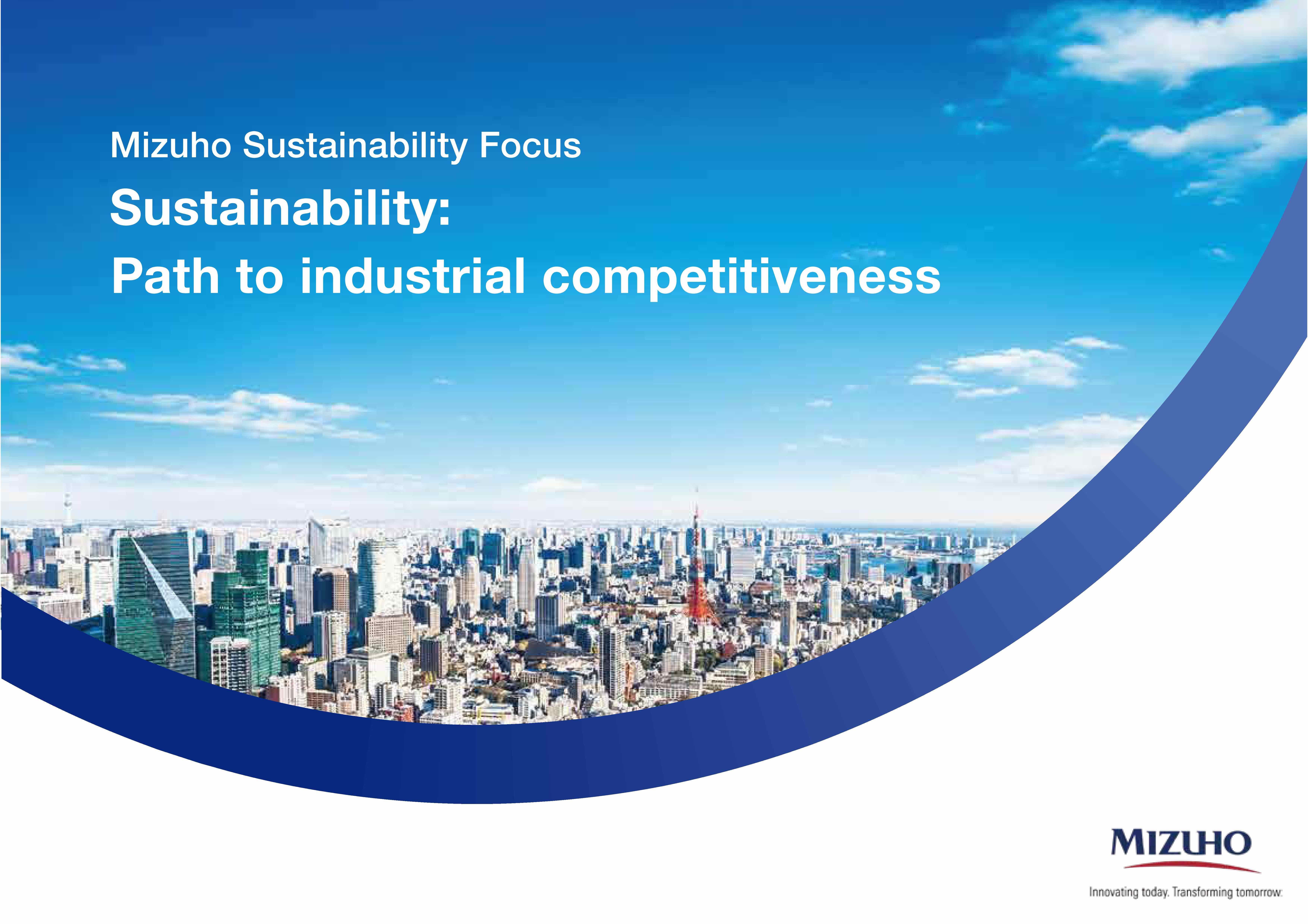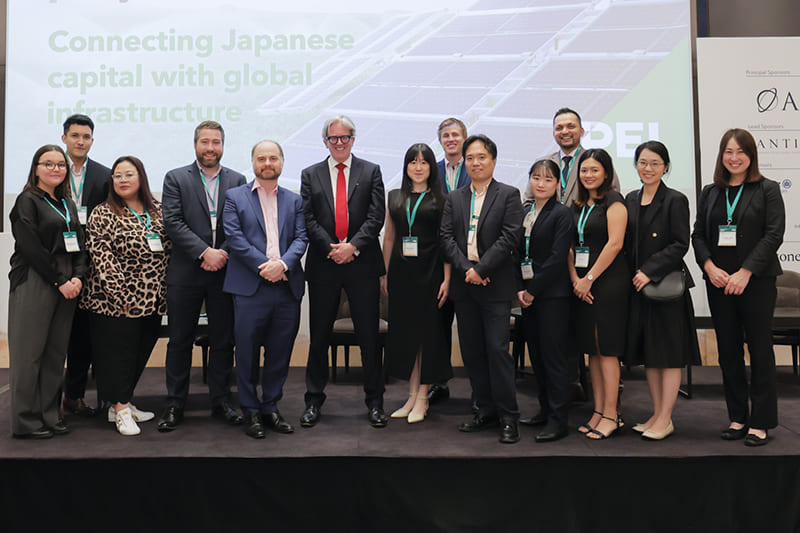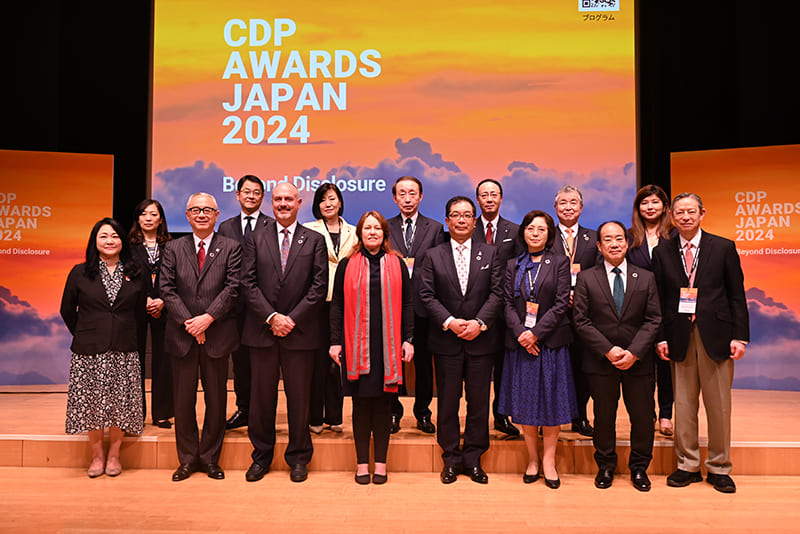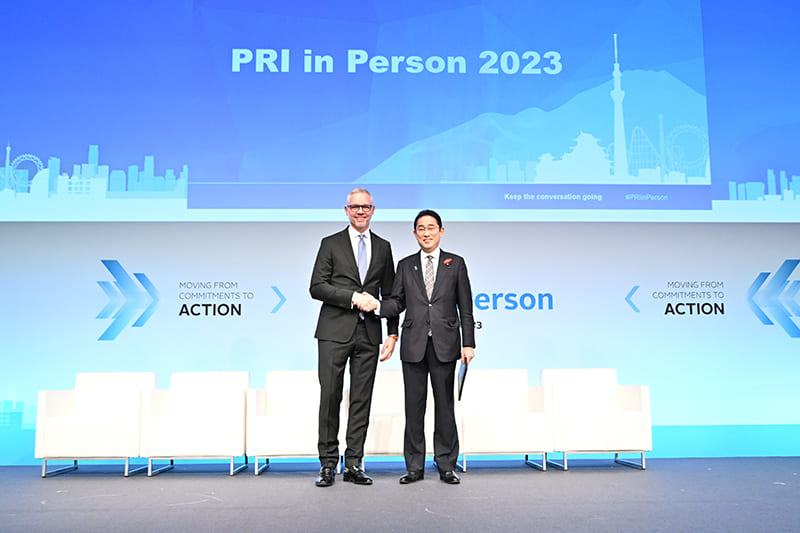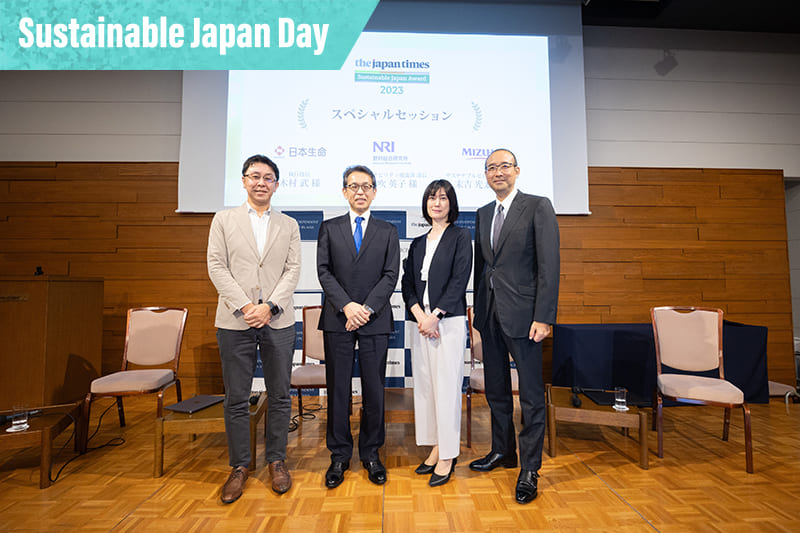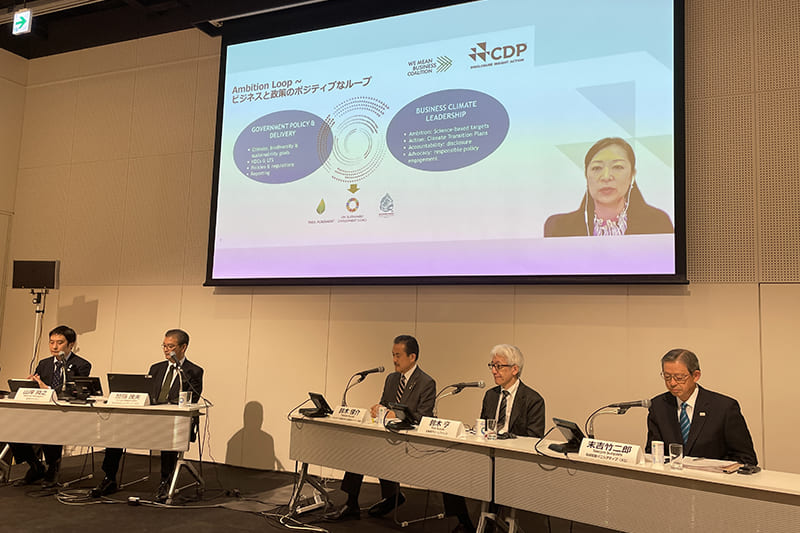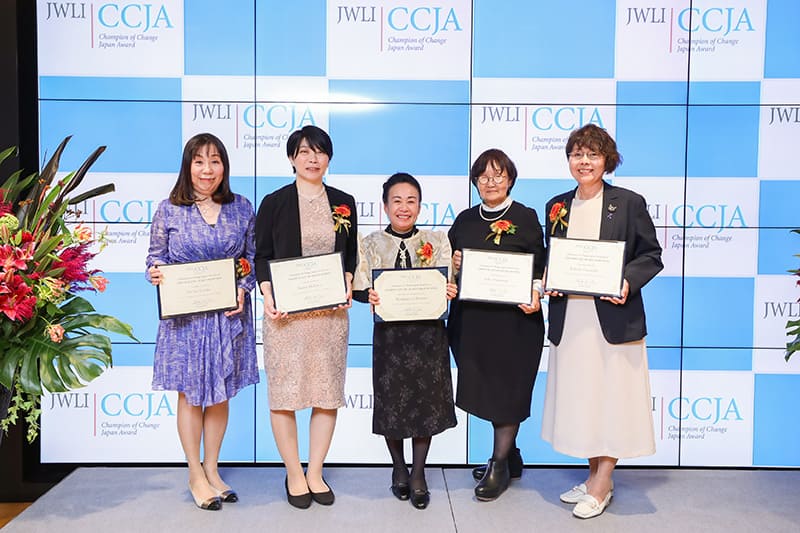January 05, 2024
Mizuho aims to hasten renewable energy technology
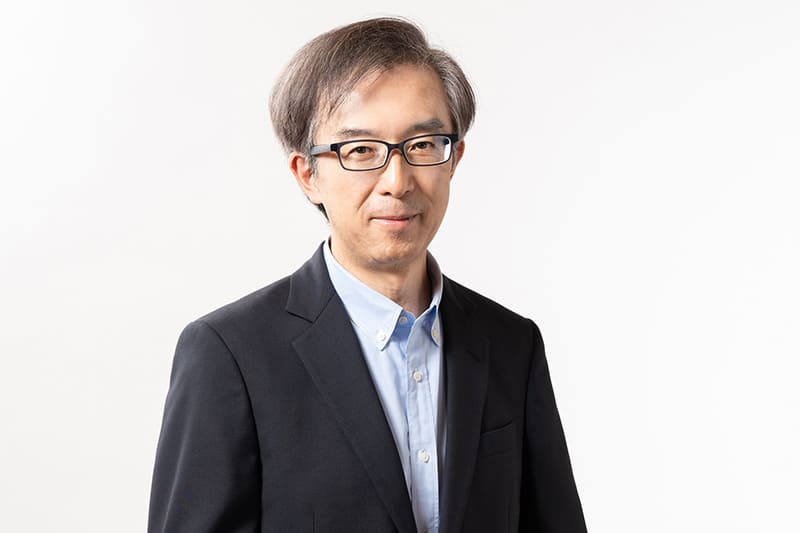
With global attention being paid to increasing renewable energy to mitigate global warming, Japan should put its technological advancements in offshore wind farms, hydrogen power and carbon recycling to best use to enhance its global competitiveness, Mizuho Financial Group Inc. said in a recent report.
“The focus for net-zero carbon emissions is to advance electrification. And the question is how we can boost renewable energy production for that,” Yasuhiko Ushikubo, senior executive officer and group chief sustainability officer for Mizuho Financial Group, told The Japan Times in a recent interview.
In the Dec. 1 report on sustainability and how Japan should ramp up its industrial competitiveness, Mizuho Financial Group said the country needs to accelerate technological innovation and structural business reform. For that to happen, engaging in three fields — offshore wind, hydrogen and carbon recycling — is a strong option. “When it comes to renewables, the first thing we have to do is gear up on offshore wind farms,” Ushikubo said.
To significantly increase the generation of renewable electricity, Japan should take advantage of its surrounding waters and further develop technologies for floating offshore wind farms, he said.
In multiple areas in the Sea of Japan, wind could generate large amounts of electricity, he said. Building giant solar power farms on land, on the other hand, is much harder because two-thirds of the country is mountainous, with problematic slopes and the risk of landslides after heavy rains.
Unlike northern parts of Europe, where shallow coastal waters are suitable for installing fixed-bottom wind turbines, Japan’s narrower continental shelf makes it better suited for floating turbines, he said.
Japanese companies have made technological advances in the offshore wind power business, including in the manufacturing of turbine components, floating buoys and electrical systems such as submarine cables and offshore substations, as well as in providing services for operation and maintenance. Although the production of wind turbines is currently dominated by manufacturers in other countries, such as Denmark, Germany, Spain and China, “considering all of the factors, it will be a huge business,” Ushikubo continued. “Japanese companies need to develop their technologies further and secure supply chains so they can gain global competitiveness.”
The second key business for future zero emissions is hydrogen. As an alternative to fuels like liquefied natural gas, oil and coal that can still produce the high temperatures needed to make steel and other raw materials, hydrogen is a potential option, he said.
What Japan needs to do is to develop technologies for more efficient electrolysis of water, cargo ships for hydrogen and lower-cost hydrogen stations for fuel cell vehicles. Carbon capture and recycling is another type of technology that Japan can further develop for decarbonizing, he said. The problem, however, is that it takes time for these businesses to bear fruit. Many offshore wind farms are still in the planning stage and most of them will be operational only after 2030. Also, in the case of floating wind farms, a big remaining hurdle is that the cost of generating power remains relatively high.
Experts say the world must reduce carbon emissions significantly by 2030 to limit the global average temperature increase to 1.5 degrees Celsius above the pre-industrial era, one of the targets set in the 2015 Paris Agreement. Aiming to accelerate carbon reduction, this year’s closely watched United Nations Climate Change Conference in Dubai, commonly referred to as COP28, led to an agreement in December to transition away from fossil fuels, triple renewable energy capacity by 2030 and increase climate financing for the most vulnerable.
Ushikubo evaluated the agreement positively because it mentions transitioning away from fossil fuels and tripling renewables, despite the fact that the conference was hosted by an oil-producing country, the United Arab Emirates, but he conceded there were some concerns. “I can hardly say that it produced a big step forward, and each part of the agreement needs further discussions,” he said. “Since each member country has a largely different stance, I expect the next conference, COP29, to continue facing a tough time.”
Until the 2030s, when Japan’s floating wind farms will start operating, the country needs to take every possible step to reduce carbon emissions, he said — rooftop solar panels, standing offshore wind turbines, the careful resumption of nuclear power and the development of co-firing ammonia at coal-burning power plants.
“As a financial institution, we will support such transitions by financing technologies with future potential,” Ushikubo said, adding that Mizuho will also compile policy proposals for the government and provide a wide range of solutions, including consulting for its business clients.
Mizuho. is a member of the Sustainable Japan Network, a group of companies that cooperate with this newspaper to spread information about sustainability in Japan. You can also be part of the network; visit https://sustainable.japantimes.com/sjnetwork-jp for more details

